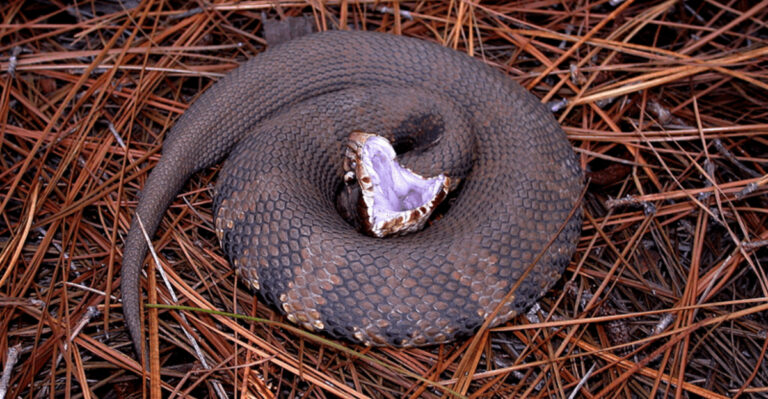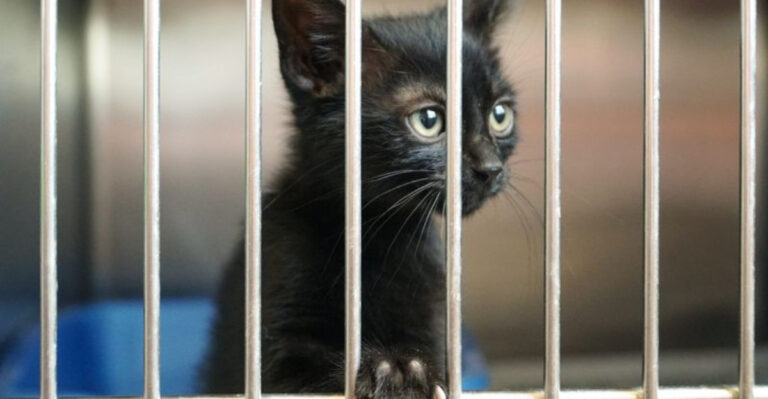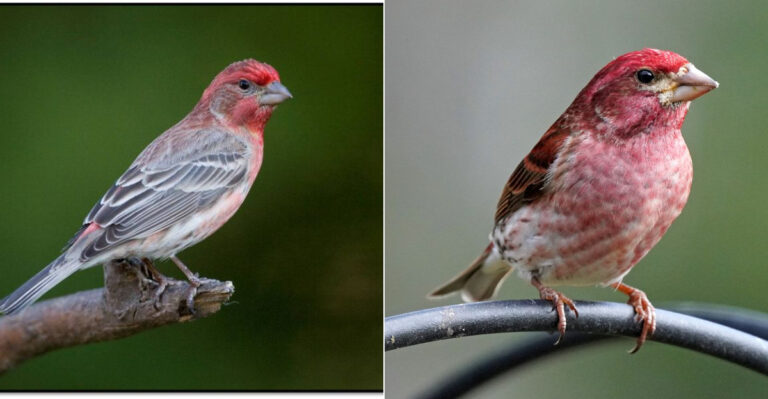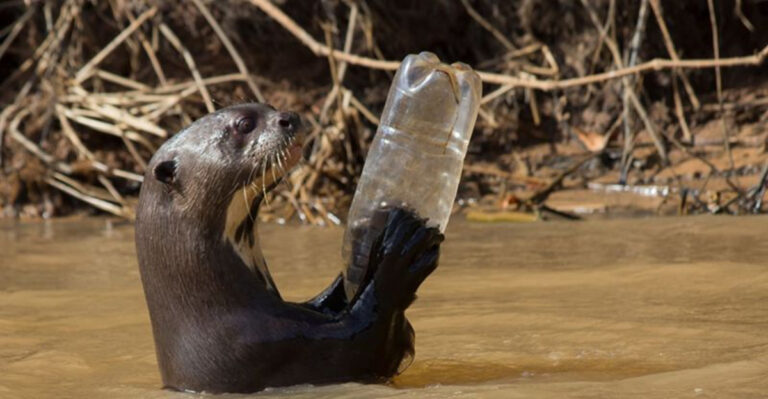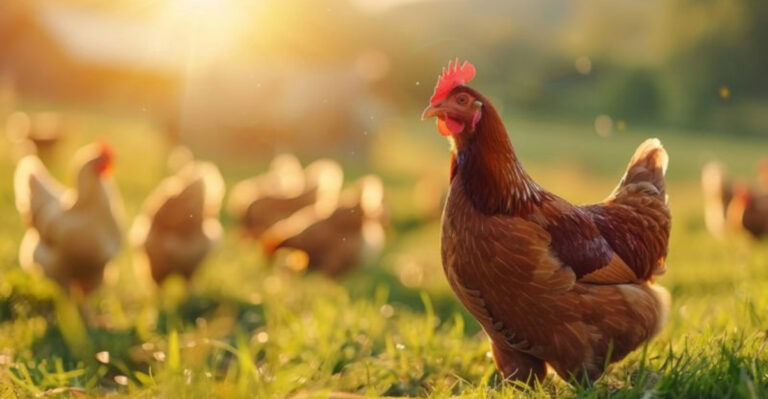14 Ways America’s Wild Horses Embody The Spirit Of The Old West
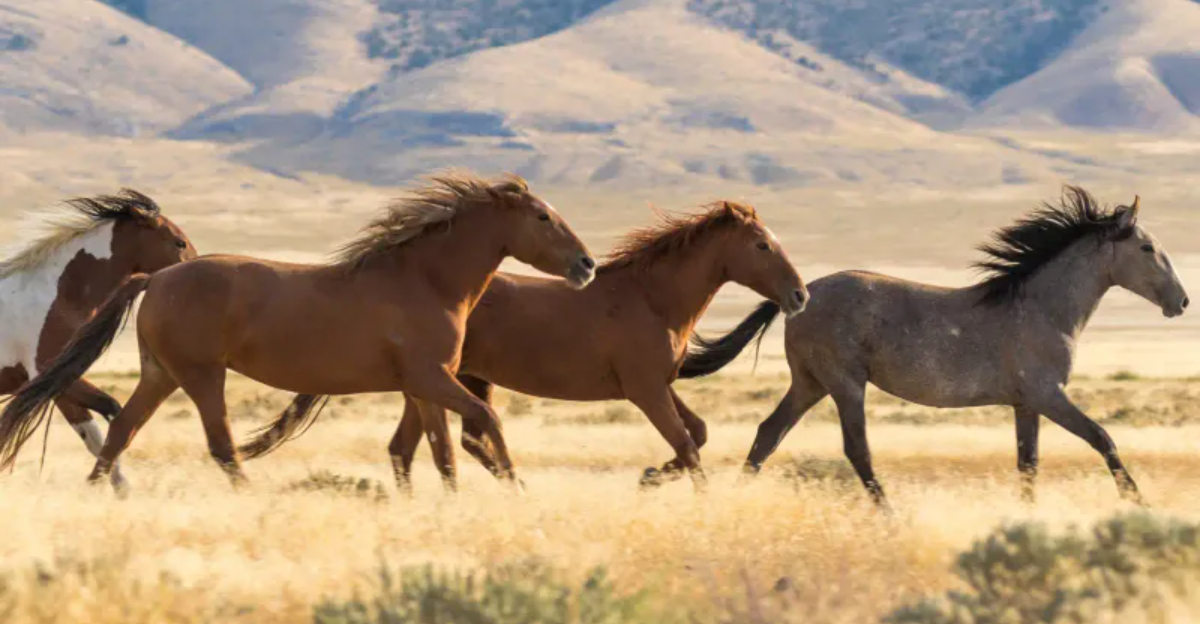
Wild horses gallop across America’s rugged landscapes as living symbols of our frontier past. These magnificent creatures have roamed free since Spanish explorers first brought their ancestors to North American shores centuries ago.
Their story intertwines with the legendary Old West, representing freedom, resilience, and the untamed beauty that defined America’s westward expansion.
1. The Endurance Of Wild Horses In The American West
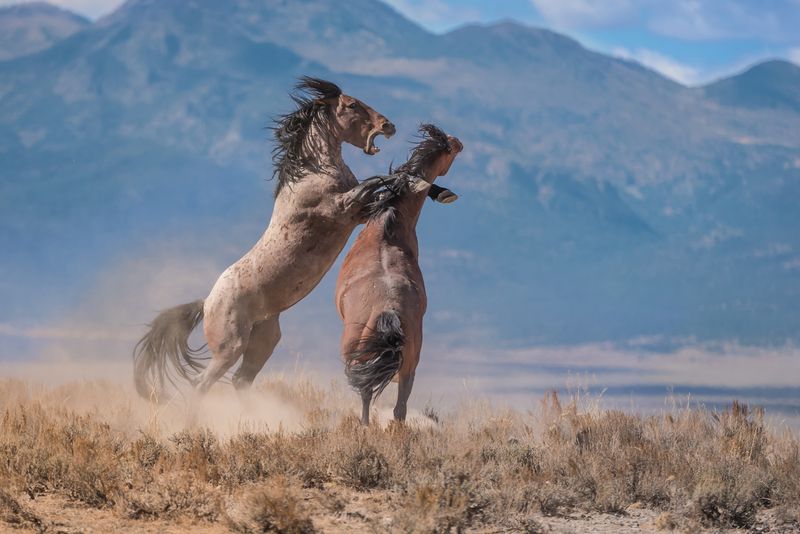
Scorching summers and bone-chilling winters haven’t broken the wild horses’ spirit. These remarkable animals thrive where domestic horses couldn’t survive without human care.
They’ve adapted to find water in parched landscapes and forage through snow-covered plains, demonstrating the same grit that frontier settlers needed to survive the harsh western territories.
2. Symbol Of Freedom And Independence
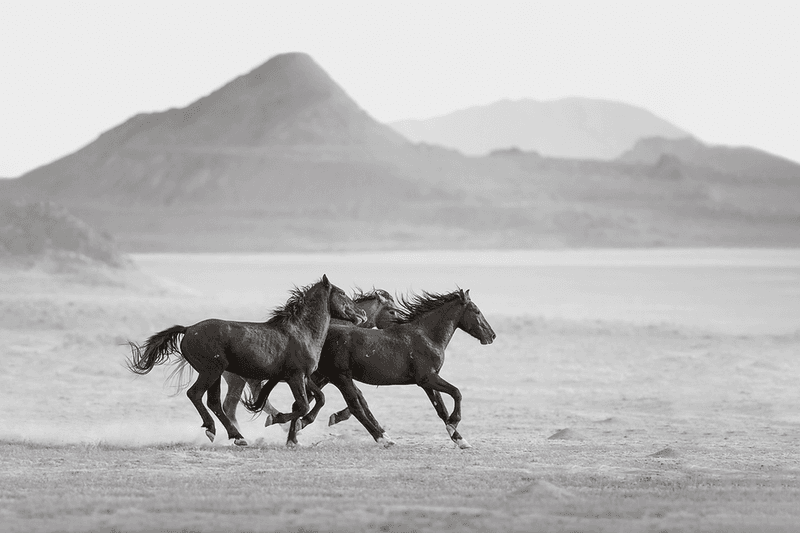
Nothing captures America’s love of liberty better than wild horses running unfettered across open plains. Their flowing manes and thundering hooves represent a freedom that early pioneers sought in the vast western territories.
When you watch a mustang gallop across the horizon, you’re witnessing the same untamed spirit that drew adventurers westward during America’s great expansion.
3. Historical Role Of Wild Horses In The Old West
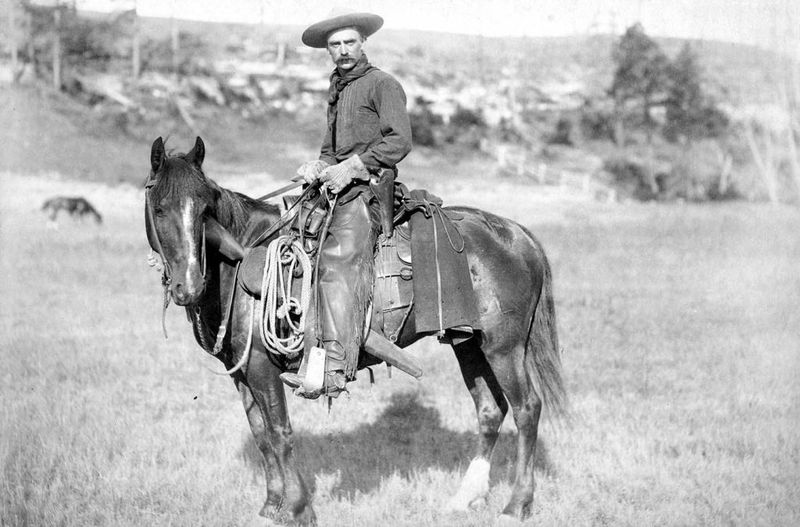
Horse hoofprints mark every chapter of western history. After Spanish conquistadors introduced horses to North America, these animals transformed Native American cultures and later powered the stagecoach era.
Without wild horses to tame and train, pioneers would have struggled to establish ranches, deliver mail, or transport goods across the challenging western landscapes that shaped American expansion.
4. Wild Horses And The Frontier Spirit
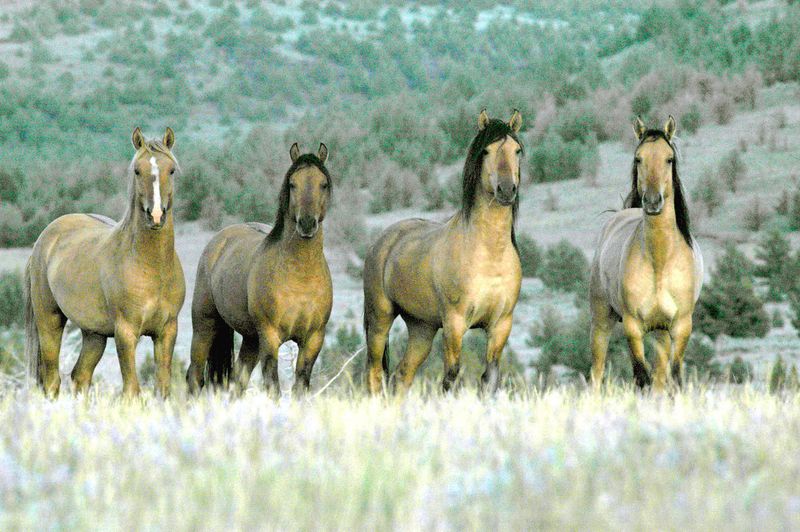
Mustangs mirror the frontier spirit with their fierce independence and adaptability. Just as pioneers faced unknown territories with determination, wild horses navigate changing landscapes with remarkable resilience.
Many frontier families caught and trained these spirited animals, creating partnerships that helped them survive the challenges of western settlement. This bond between humans and horses defined the pioneering experience.
5. How Wild Horses Contributed To Western Expansion
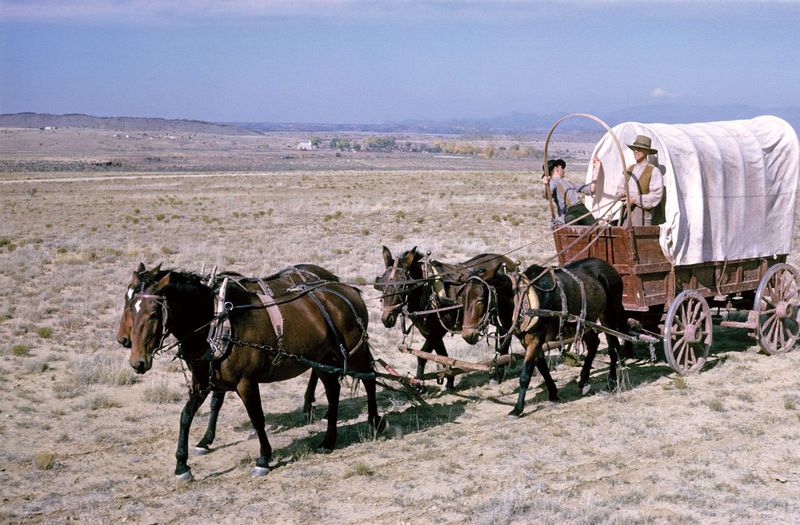
The westward movement rode on horseback! Wild-caught mustangs carried settlers across rivers, through mountain passes, and over endless prairies toward new opportunities.
These hardy horses pulled wagons loaded with families’ possessions and helped establish new communities in previously uninhabited territories. Their strength and stamina made possible the rapid settlement that transformed America’s western frontier within a single generation.
6. The Iconic Mustangs Of The American West
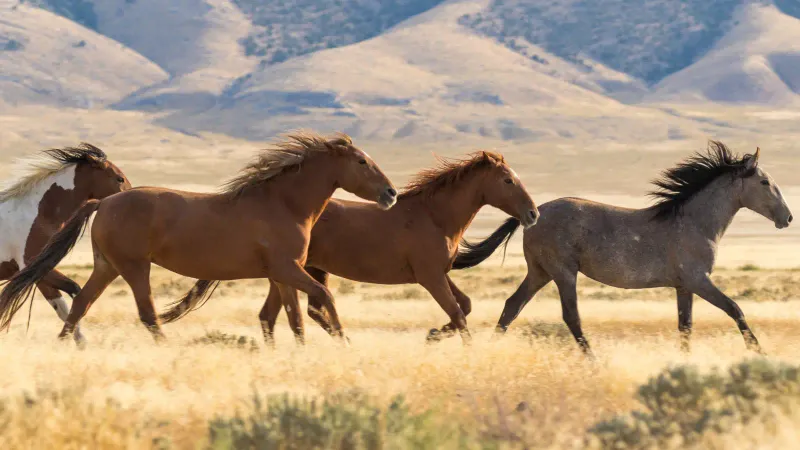
Mustangs stand as living monuments to America’s frontier past. Their very name comes from the Spanish word “mesteño” meaning wild or untamed – perfectly capturing their essence.
With compact, muscular bodies built for endurance rather than speed, these horses evolved to survive western extremes. Their bloodlines carry Spanish, draft, and thoroughbred influences, creating the ultimate symbol of western resilience.
7. The Connection Between Native American Culture And Wild Horses
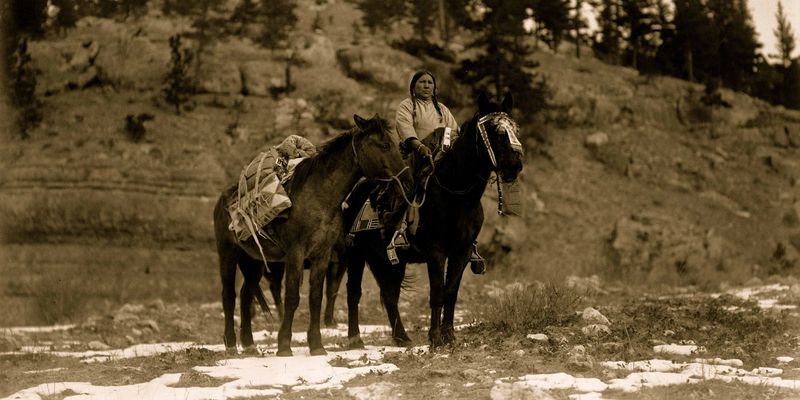
For Plains tribes, the arrival of horses revolutionized hunting, warfare, and transportation. The Comanche became legendary horsemen, developing riding skills that amazed even European cavalry experts.
Many tribes viewed horses as sacred beings with spiritual power. The Nez Perce developed the famous Appaloosa breed through careful selection of wild stock, creating horses perfectly suited to their nomadic lifestyle and hunting needs.
8. Wild Horses And The Legacy Of The Old West Cowboys
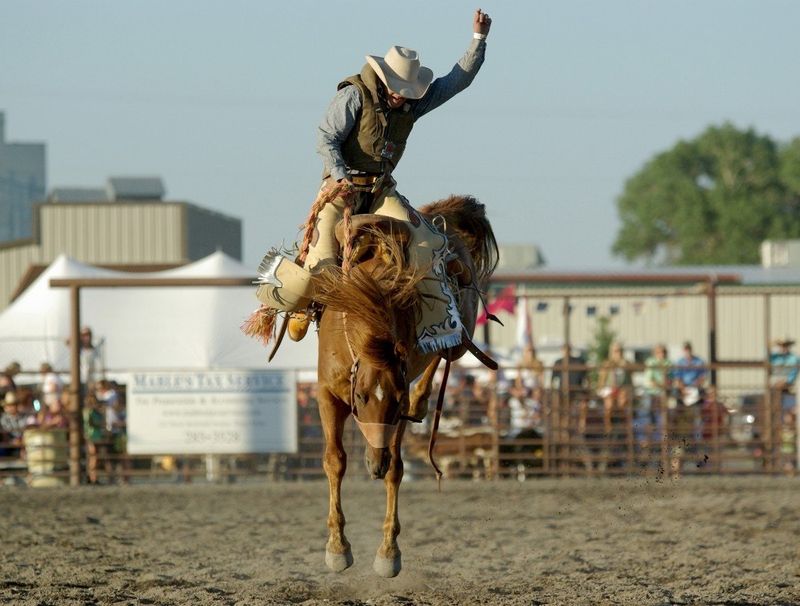
Cowboys earned their spurs by mastering wild horses! The iconic image of a buckaroo atop a bucking bronco captures the special relationship between western horsemen and untamed mustangs.
Ranch hands developed specialized techniques for gentling wild horses, creating working partners that could handle the demands of cattle drives. These skills became celebrated in rodeos, preserving traditions that continue in today’s western communities.
9. The Strength And Resilience Of Wild Horses
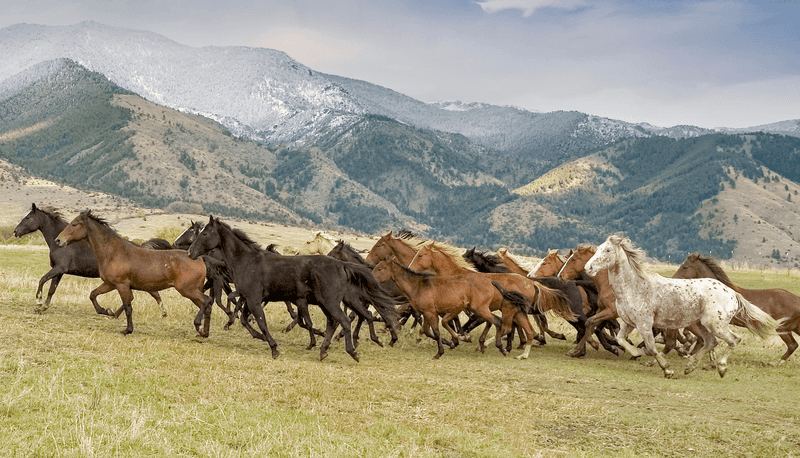
Watching a wild stallion defend his herd against predators reveals incredible courage. These animals face mountain lions, wolves, and brutal weather without human protection. Their hooves grow tough from traversing rocky terrain, and their digestive systems efficiently process sparse vegetation.
Through natural selection, only the strongest survive to pass on their genes, creating horses with remarkable endurance perfectly matched to western landscapes.
10. Wild Horses And The Preservation Of Western Heritage
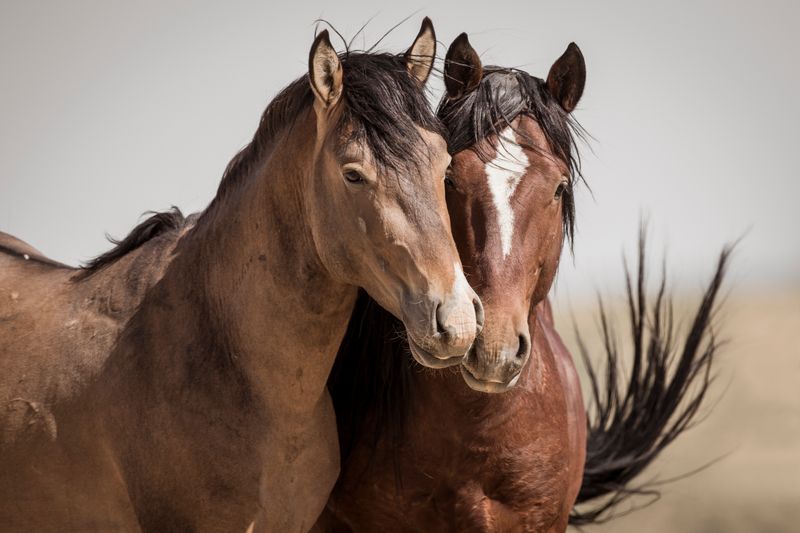
Each wild horse herd preserves living history on the hoof! Some herds in Nevada and Wyoming contain descendants of cavalry mounts that escaped during the Indian Wars.
Others carry bloodlines from ranch stock released during the Great Depression when farmers couldn’t afford to feed them. By protecting these herds, we maintain a direct connection to the animals that helped build the American West.
11. Wild Horses In The Modern Day: A Living Link To The Old West
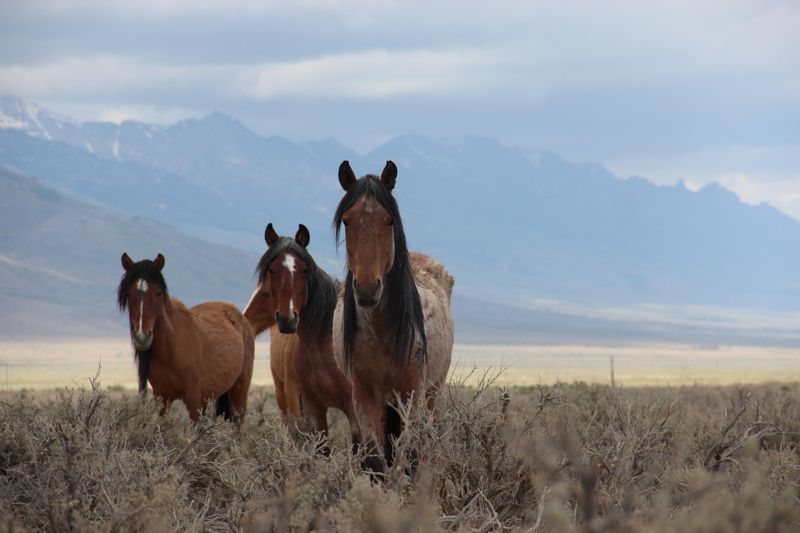
Today’s wild horses face challenges their ancestors never imagined. Shrinking public lands, drought, and competition with livestock have reduced their traditional ranges.
Yet approximately 86,000 wild horses still roam across ten western states, protected under the 1971 Wild Free-Roaming Horses and Burros Act. Their continued presence lets modern visitors experience the same awe that early settlers felt when encountering these magnificent animals.
12. The Role Of Wild Horses In Shaping The Western Landscape
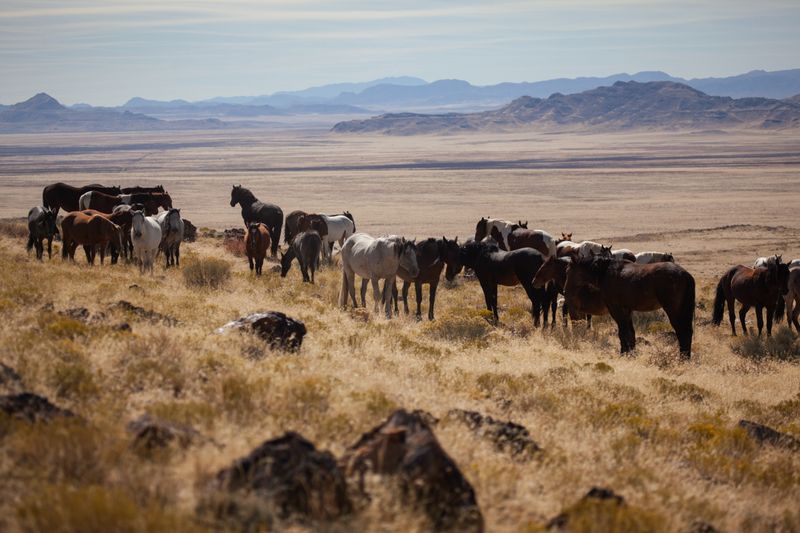
Grazing patterns of wild horses helped maintain the grassland ecosystems that supported countless other species. Their movements created trails later used by settlers as natural pathways through difficult terrain.
Even their manure played a role, distributing seeds across vast areas and fertilizing soil. This ecological impact continues today, with herds functioning as important components in balanced western ecosystems when properly managed.
13. Wild Horses As Symbols Of The American West’s Untamed Beauty
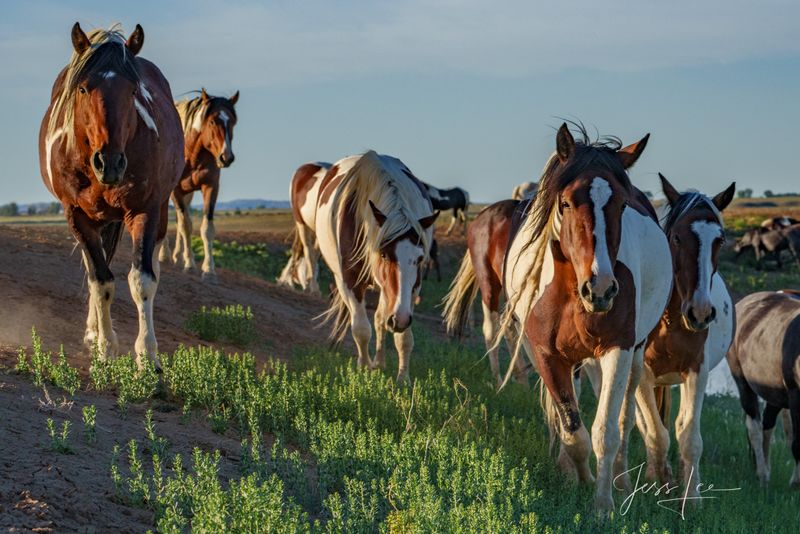
Artists from Frederic Remington to contemporary photographers have captured wild horses as perfect representations of western beauty. Their flowing manes against red rock canyons create images that resonate worldwide.
These horses appear in countless films, novels, and songs celebrating western heritage. When tourists visit states like Wyoming or Nevada, glimpsing wild horses often becomes their most treasured memory of authentic western experience.
14. The Struggle To Protect America’s Wild Horses
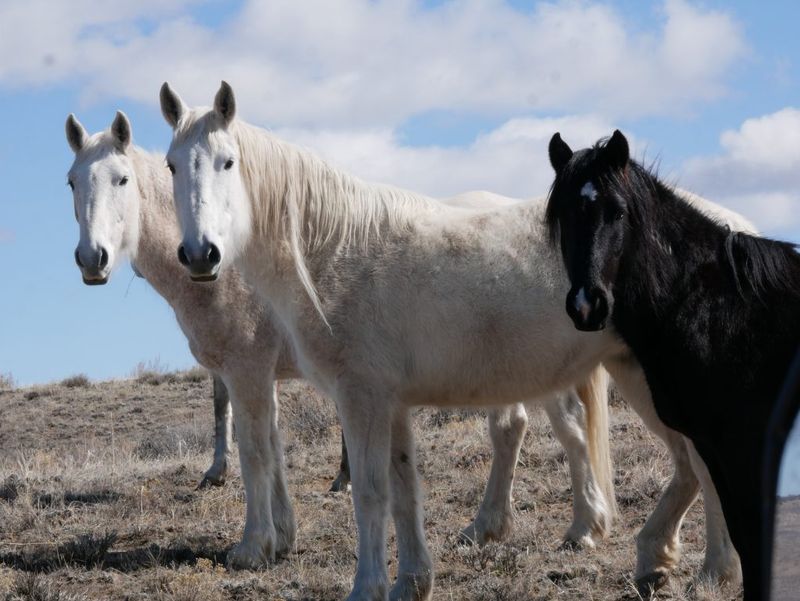
Conservation battles rage around these living symbols of western heritage. Advocates fight to maintain wild herds while ranchers, developers, and government agencies debate appropriate management approaches.
Adoption programs help find homes for horses removed from overpopulated ranges. Many Americans feel passionate about preserving these animals that represent our frontier past, seeing them as national treasures worth protecting for future generations to experience.

